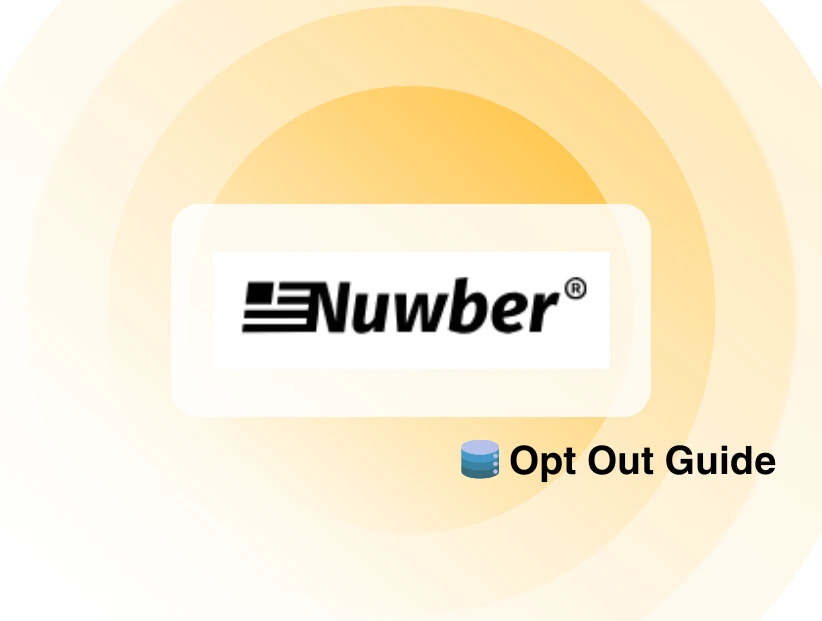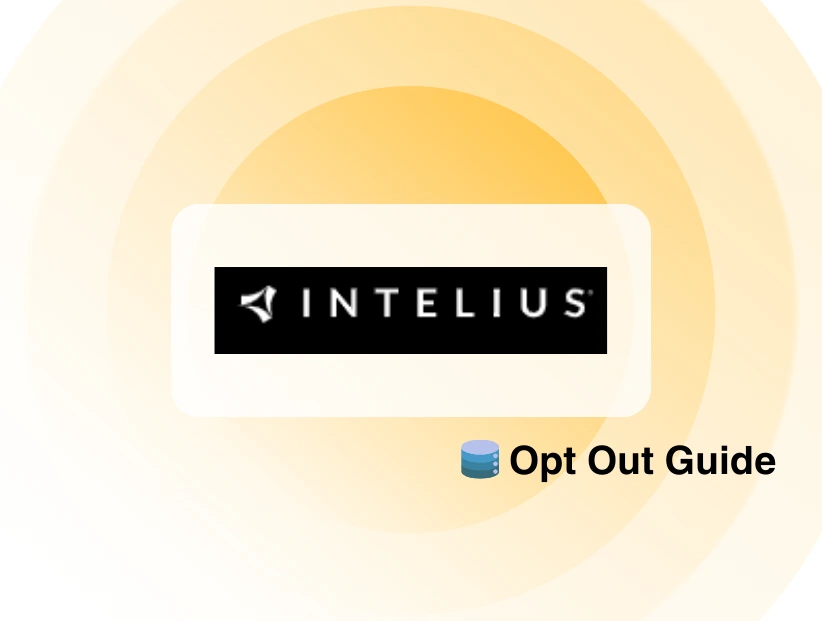One day, suddenly you get an email or a pop-up warning that your personal information has been exposed in a breach. It looks urgent, maybe even scary, and tells you to click a link to secure your account. But wait! How do you know if this alert is real or a scam?
In this guide, we’ll help you recognize fake data breach alerts that scammers use to steal personal information, so you can stay safe and avoid getting tricked.
How to Recognize a Fake Data Breach Alert?
They Try to Scare You
Scammers use urgent language like, Your account has been compromised! to make you panic. Real companies inform you calmly and don’t pressure you to act immediately.
The Message Feels Off
Fake alerts mostly address you as Dear Customer instead of using your name. They may also have spelling errors or awkward wording, which is a red flag.
Suspicious Sender Email
Check the sender’s email address carefully as scammers create fake addresses that look real but have small differences, like extra letters or unusual domains.
Unexpected Links or Attachments
Scammers add links or files to steal your information. Before clicking, check where the link leads to make sure it's a trusted website.
They Ask for Personal Information
No trustworthy company will ask for your password, banking details, or Social Security number through email or text.
No News About the Data Breach
If the breach was real, it would likely be reported in the news or on the company’s official website. If you haven't heard about it elsewhere, stay cautious.
How to Verify a Data Breach Alert
If you receive a data breach alert, follow these steps before taking any action:
Check the Sender
Look at the email address or phone number. If it’s from a free email service like Gmail or has odd spelling like [email protected] , it's likely fake.
Look for Personal Details
Real alerts often mention your name or part of your account number. If a message feels too general, it might be fake.
Check for Grammar and Spelling Errors
Real companies send professional messages. If an email has poor grammar or seems unprofessional, it could be a scam.
Avoid Clicking Links
Hover over links without clicking. If the URL doesn’t match the company’s official website, it’s a scam.
Don’t Open Attachments
Scam emails often contain attachments that install malware. Never open an attachment unless you're sure it's safe.
Visit the Official Website
Instead of clicking on links, go directly to the company's website by typing the URL in your browser.
Check for Official Announcements
Real breaches are usually reported on the company’s website or social media. You can also check news sources for confirmation.
Enable PurePrivacy's Dark Web Monitoring
To stay extra safe, you should use PurePrivacy’s Dark Web Monitoring. It constantly checks whether your data has appeared on the dark web and alerts you timely. Here’s how you can get started:
- Install or update PurePrivacy on your device.
- Log into the Members Area.
- Go to the Dark Web Monitoring section.
- Select Add Assets to Monitor.
- Add your email, phone number, and other crucial identifiers.
- Verify via the code sent to your registered number.
- Follow recommended actions if your data is found to be in breach.
- Mark breaches as resolved once you've taken corrective steps.
What to Do If You Receive a Suspicious Alert?
If you get a data breach alert and something seems off, follow these steps:
Stay Calm
Scammers try to scare you into acting fast, so always take a moment to verify the message before responding.
Verify the Alert
- If the sender's email or phone number seems suspicious, it’s probably fake.
- Avoid clicking links or opening attachments, they can lead you to fake websites or install harmful files.
- Contact the company directly, use their official website to get the correct contact details.
Check Your Accounts
Log into your important accounts, like your bank or email, and check for anything unusual. If you spot something suspicious, report it right away.
Change Your Passwords
If you suspect your account is compromised, change your passwords immediately. Make sure each account has a strong and unique password.
Enable Two-Factor Authentication (2FA)
Adding an extra layer of security makes it harder for hackers to access your account.
Protect Your Personal Information
If your personal details, like your ID or bank information, get leaked, you should freeze your credit to stop identity theft.
Stay Alert for Future Scams
Monitor your accounts and emails for any suspicious activity and report if anything unusual happens.
How to Report a Fake Data Breach Alert?
If you get a suspicious data breach alert, reporting it can help stop scammers from tricking others. Here’s what you should do:
Contact the Company
If the message claims to be from your bank, email provider, or another company, don’t reply to it. Instead, go to the company’s official website and reach out to their support team. Many companies mentioned a way to report fake emails or scams.
Report the Scam to Authorities
You can report phishing emails and scam messages to organizations that track online fraud:
- Federal Trade Commission (FTC): Report scams at reportfraud.ftc.gov
- FBI’s Internet Crime Complaint Center (IC3): File a report at www.ic3.gov
- Anti-Phishing Working Group (APWG): Forward phishing emails to [email protected]
Mark the Email as Spam or Phishing
Most email services like Gmail, Outlook, and Yahoo let you mark emails as spam or phishing. Doing this helps block similar messages in the future.
Spread the Word
If you get a fake alert, let your friends, family, or coworkers know so they don’t fall for it. You can also report it on social media to warn others.
In Summary!
Scammers try to scare you with fake alerts, but with a little awareness, you can easily spot them. Trust yourself and stay alert, it's the best way to keep your information safe from hackers. Don’t let them fool you, stay ahead and protect yourself!
Frequently Asked Questions
-
What if I clicked on a fake data breach link?

Just close the page, clear your browser history, and scan your device for viruses. If you entered any passwords, change them immediately and turn on two-factor authentication.
-
How do I check if my data was leaked?

Look for official announcements on the company’s website. You can also use PurePrivacy’s Dark Web Monitoring to see if your personal information are exposed online.
-
Are text messages about data breaches always fake?

Not always, but most of them are scams. If you get one, don’t click any links. Go to the company’s official website to check if it’s real.
-
Can scammers fake real phone numbers?

Yes, they can make calls look like they’re from a trusted company. If someone calls you about a data breach, don’t share any information. Just hang up and contact the company directly.
-
What should I do if my personal info is leaked in a data breach?

If your data is leaked, change your passwords, enable two-factor authentication, and look for suspicious activity. Also freeze your credit if needed to stop identity theft.



